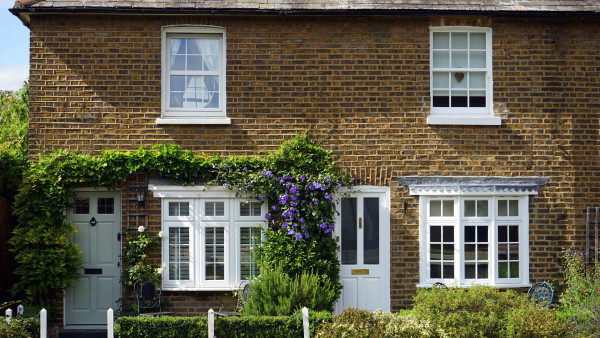Conversely, if your client gifts assets during their lifetime, they no longer form part of the estate for taper threshold purposes even if they were gifted less than seven years ago.
The gift could be subject to inheritance tax, but the gifted assets would not count towards the value of the estate for this assessment.
So a client whose estate is valued at more than £2m may choose to gift assets to increase the amount of RNRB available - for example, if they are very ill and so are happy to give up control of assets now.
Common scenarios you may encounter
How much RNRB can the second spouse claim?
The estate of the second spouse or civil partner to pass away will be entitled to a maximum allowance that is double the RNRB applicable at the time of the second death.
This is regardless of how long ago that first death happened, to whom the estate was left at the time, or whether they owned a property.
Exceptions to this are situations where:
- The first estate contained a residence that was closely inherited, in other words where RNRB was claimed. This could be the case if the first spouse died after RNRB came in on April 6 2017.
- The first estate exceeded £2m, regardless of whether or not the estate included a residence.
Note that the tests relating to whether relief is due and how much relief can actually be claimed will be applied to the second estate.
In the first situation, if the first spouse passed away before RNRB came in on April 6 2017, they will be deemed to have not used any of their RNRB.

When it was first announced in July 2015, the RNRB raised concerns around the implications for someone who has to sell their home.
If the first spouse passed away after April 6 2017 and RNRB was claimed, the amount available to transfer will be reduced fractionally according to any RNRB claim made by the first estate.
So, for example, if the first spouse used half of their RNRB allowance, the maximum RNRB available to the estate of the second spouse would 1.5 times the RNRB available in the year the second spouse dies. This would comprise the second spouse’s full RNRB allowance, plus half that allowance again to reflect the unused portion of the first spouse’s allowance.
In the second situation, where the first spouse’s estate exceeded £2m, the taper restriction applies when calculating the maximum amount of RNRB that can transfer to the second spouse.











